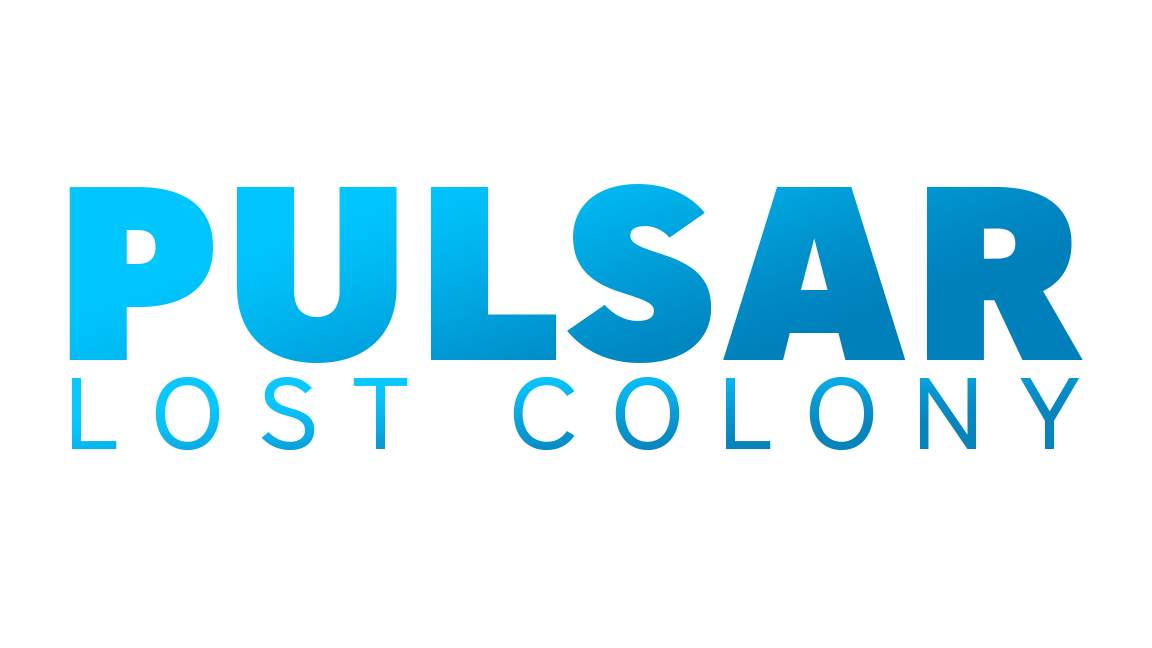THE PILOT
“Great pilots become one with the ship. Victories taste sweet, but every scratch to the hull stings like a wound to the flesh.” Unknown - Old Wars Era
A Pilot’s perspective is a unique one. While the world of most crewmembers consists of metal rooms and screens, Pilots can have a larger view of the ship and space around it. Moving at tremendous speeds, Pilots maneuver through dangerous obstacles and engage enemies from any possible direction. Pilot must also consider the needs of other crewmembers to be successful in combat. By aiming the ship and holding it steady, the Pilot can give the Weapons Specialist a better view of enemy ships or fire a nuke that has a higher chance of meeting its target. By rotating the ship so the bottom hull plating absorbs most enemy attacks, system damage to the interior will be reduced. A skilled Pilot can bring a crew great distances across many dangerous sectors.
To pilot the ship, head to the bridge and approach the Piloting Screen. Press R when facing the screen to enter piloting mode.
There are a number of different modes and settings a Pilot should be familiar with.
Manual vs Automatic Flight mode (Switch by pressing X)
Manual Mode gives the Pilot absolute control over every axis of translation and rotation for the ship. This means 12 actions are possible.
Rotation:
W tilts the ship down, S tilts the ship up
Q rolls the ship to the left, E rolls the ship to the right
A turns the ship to the left, D turns the ship to the right
Translation:
Clicking and holding the right mouse button will convert the rotation keys into translation keys.
RMB Q moves the ship vertically up, RMB E moves the ship vertically down
RMB A moves the ship to the left, RMB D moves the ship to the Right
RMB W moves the ship forwards, RMB S moves the ship backwards
Clicking the left mouse button at any time will also move the ship forward, and the CTRL key also moves it backwards.
Automatic Flight mode is mostly the same, but with a few changes.
The W and S keys now move the ship forwards and backwards respectively.
The ship will tilt up and down automatically based on the camera direction.
Holding the right mouse button changes the keys like it does in manual, however the ship will now automatically rotate itself on all axis to where the camera is looking. This allows the players to rotate and translate the ship simultaneously.
Both flight modes are strong tools, and many Pilots prefer one way or the other. Experimenting with both modes to find which one best suits your play-style is highly recommended.
Rotating and moving the ship, the colors reference the above text:
Camera modes (Switch between camera modes by pressing K)
There are four camera modes for the pilot to use, Orbit, Fixed, Hybrid, and First Person.
Orbit: allows the Pilot to look in any direction using the mouse.
Fixed: locks the camera to the back of the ship and is helpful for those using HOTAS equipment or who just prefer a fixed reference point when flying.
Hybrid: is a mix between fixed and orbit. The camera orbits the ship like usual but is locked to the rotation of the ship. It can take some getting used to but it can be useful.
First Person: allows the Pilot to view the station from their character's eyes. They can look around and even interact with screens while in this view.
Note: Keep in mind Hybrid and First Person camera modes can sometimes throw the ship into a continuous spin when using the Automatic flight mode. This is because the ship will tilt in the direction the camera is facing, but since the camera also rotates with the ship it will spin.
Precise throttle control
The piloting screen has two throttle usage settings:
Binary: Moving the ship forward will immediately use 100% of all available energy. When the Pilot releases the throttle it will immediately go back to 0% usage. The same occurs when reversing the ship.
Precise: Precise throttle control is mostly intended for HOTAS (hands on throttle and stick) devices. With precise throttle control, you can use the device to precisely control amount of thrust while piloting the ship. Moving the ship forward will begin to gradually use the throttle until it reaches 100%. When the Pilot releases the throttle it will stay at that percent of usage. The usage will decrease gradually if the Pilot pulls the ship in reverse. To stop the ship the Pilot can either exit the station, or increase / decrease the usage until it reaches 0%.
Off-screen indicators (in the form of lettered arrows) help Pilots and crewmembers manning turrets gain a better understanding of other ships within their sensor range.
During combat, the Pilot can use a number of techniques to help the ship stay in one piece. Taking into consideration where the turrets can aim and line up good shots can mean the difference between life and death. A Pilot can attempt to dodge enemy fire, but when an enemy volley is unavoidable and the ship’s shields are low, damage can be mitigated by rotating the ship and absorbing the shots with the hull plating on the belly of the vessel.
The Pilot is also responsible for lining the ship up to new sectors for warp. The Pilot may receive an order from the Captain, or see a sector marked on the starmap. When the ship is aligned, the sector icon will turn blue. Pressing SPACEBAR will display or hide sector icons.





